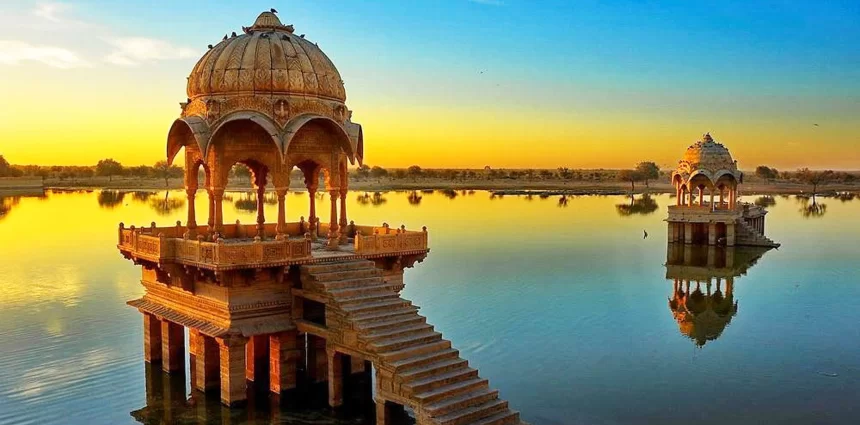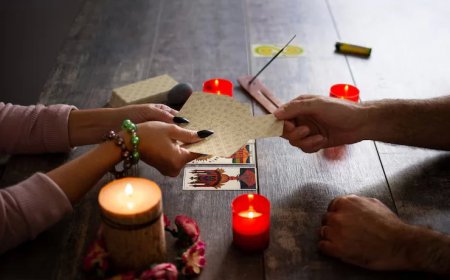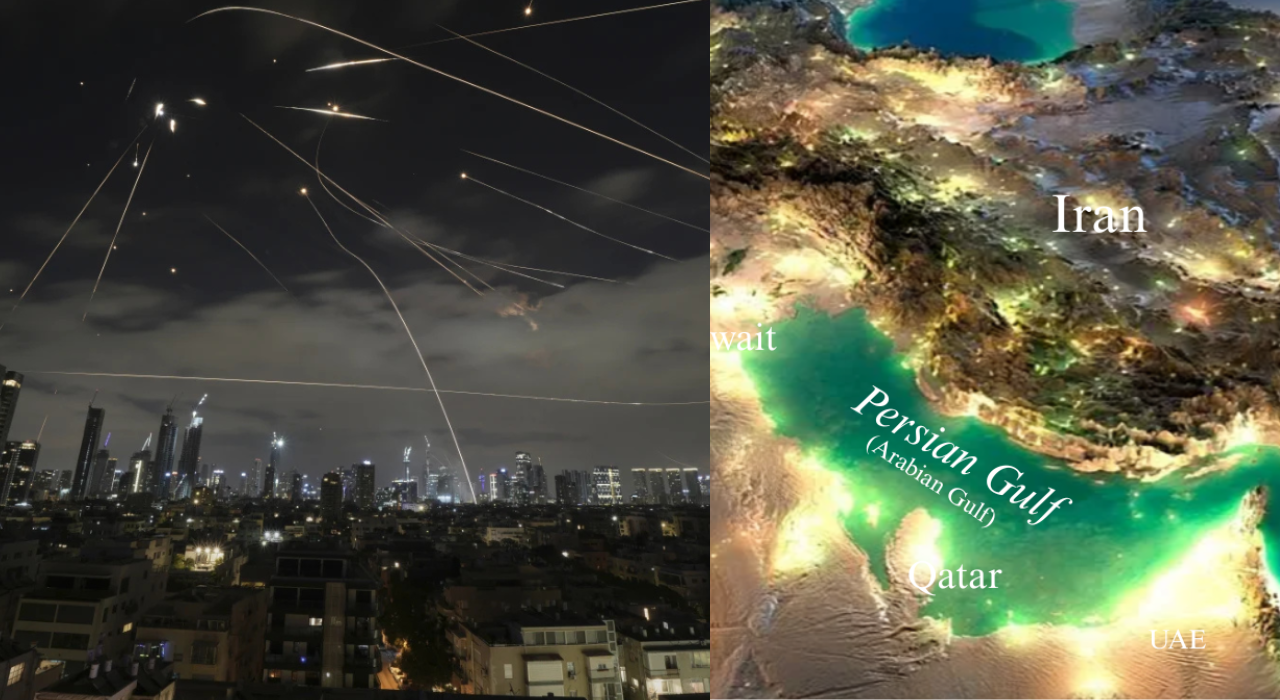‘The Owl, the River and the Valley’: Short stories with incisive knowledge of common Assamese woman

Join our WhatsApp Community to receive travel deals, free stays, and special offers!
- Join Now -
Join our WhatsApp Community to receive travel deals, free stays, and special offers!
- Join Now -

The twelve stories in The Owl, the River and the Valley offer insights into what it means to be an oxomiya nari or the Assamese woman. Written in Assamese by Arupa Patangia Kalita and translated by Mitra Phukan, the collection is a marker of the politics deeply embedded within the cultural and social ethos of the state finding resonance through the lived experiences of women. The characters, ranging from the lowest rung of society to the highest sanctum of class and caste privilege, find themselves immobile, reiterating patriarchy’s ironhandedness of never allowing free will. The stories come together to build a tapestry of domesticity that is mundane, jarring and at times, ruthless. There is an undercurrent of urgency in the narrative that is both poetic and sensitive.
Similar lives of dissimilar women
The story titled “Rajmao,” (or the queen mother) is an ironic take on surrogacy. The protagonist finds herself victimised twice; the onslaught of poverty and the commodification of her body. In a world tarnished by capitalism’s greed, this story comes closer to “Maloti’s Dream” where Maloti toils hard, acutely aware of her limitations but with the unassailing hope of seeing her daughter become an engineer. In both stories, the women erase their own needs to see their progeny...
What's Your Reaction?
 Like
0
Like
0
 Dislike
0
Dislike
0
 Love
0
Love
0
 Funny
0
Funny
0
 Angry
0
Angry
0
 Sad
0
Sad
0
 Wow
0
Wow
0
























































